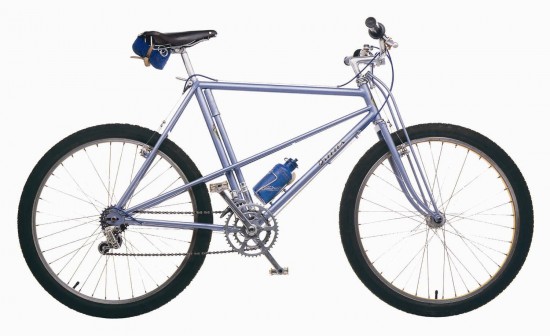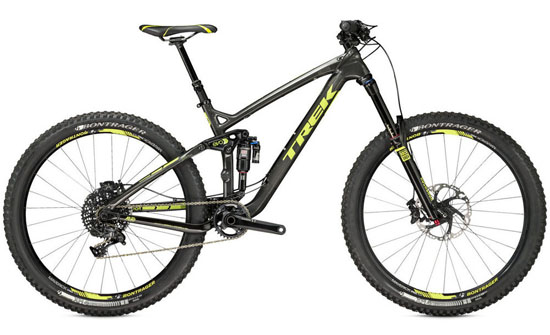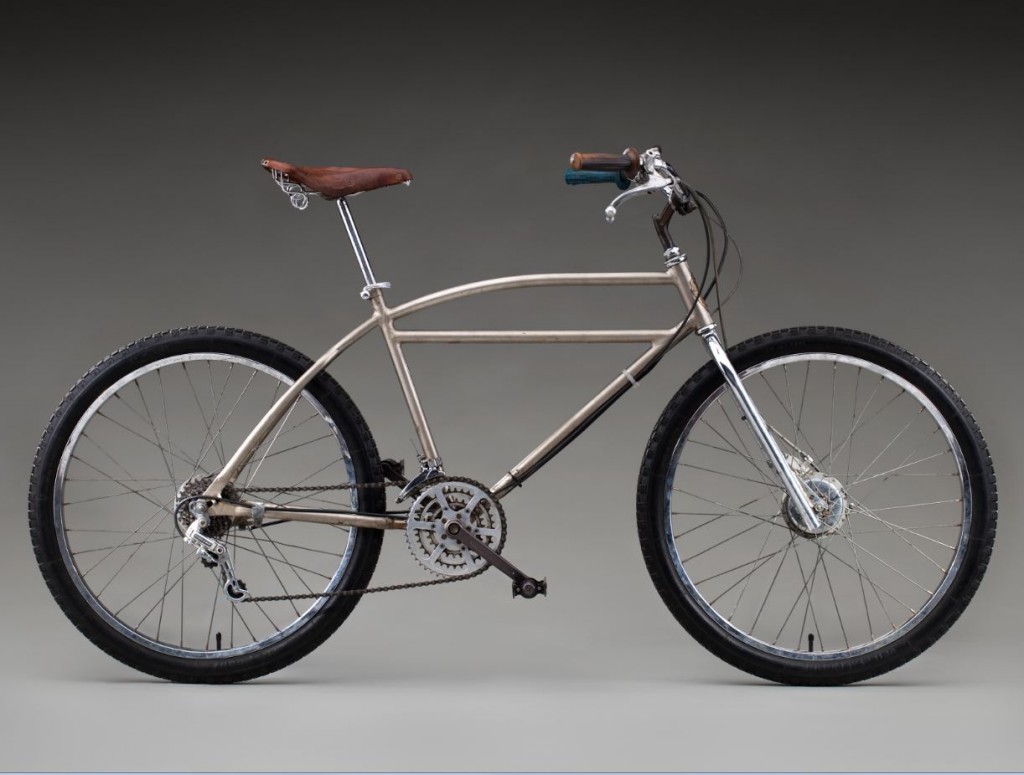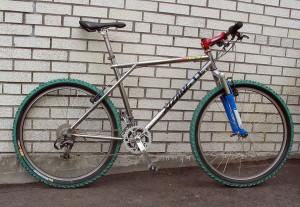While many claim to have invented mountain biking, it is generally accepted that the riders of Marin County, California on their modified Schwinn Excelsior bikes were the forefathers of mountain biking in its current form. Blasting down the fire roads of Marin County’s Mount Tamalpais, riders raced their modified balloon-tired cruisers against each other in “Repack Races”, so termed due to the old hub brakes heating up and burning off the grease inside requiring riders to repack the bearings with increasingly regularity as their speeds and confidence increased. Fondly referred to as “klunkers”, riders soon became tired of slugging these heavy old bikes back up the hill in their original single speed form and so began rigging up gears from old road bikes and adding motocross or BMX style handlebars to improve their handling.
The first purpose built mountain bike is generally credited to Joe Breeze who introduced the Breezer Series 1 in 1978. Made from chromoly rather than the traditional steel, the Breezer is widely considered the first modern mountain bike. Around the same period early mountain bike pioneers Gary Fisher, Charlie Kelly and Tom Ritchey also began producing their take on the mountain bike. Ritchey produced the frames which were then accessorized by Kelly and Gary Fisher and sold under the company name, MountainBikes. The company was short lived with the three friends eventually dissolving their relationship. The company then became known as Fisher Mountain Bikes, while Tom Ritchey moved on to start his own frame shop.

Breezer Series 1
At this time many in the bicycle industry still considered mountain bikes a short-term fad and failed to imagine the significance of an all-terrain bicycle and the coming boom in ‘adventure sports’. Early mountain bikes were essentially road bikes with heavier tubing, modified geometry and a wider frame and fork to allow for the wider tyres and so unsurprisingly, in the late 70s and early 80s road bike manufacturers began to see the growing interest in off road cycling and began to start manufacturing componentry using modern, high-tech and lightweight materials. This growth in popularity led to the manufacturing of the first two mass-produced bikes, the Specialized Stumpjumper and the Univega Alpina Pro. An American startup, Specialized pioneered mass production of mountain bike frames from factories in Japan and Taiwan largely following Tom Ritchey’s original frame geometry. These early bikes came configured with 15 gears using derailleur shifting, triple chainrings, and five rear cogs, setting the standard for the almost the next 2 decades. Throughout the 1990s and into the first decade of the 21st century, mountain biking moved from a backwater sport to a mainstream activity with gear that had once only been available at specialty shops or via mail order, now available at standard bike stores. By the mid 2000s, even department stores such as Wal-Mart had begun selling inexpensive mountain bikes to the masses.
The 2000s saw the next great evolution of the mountain bike as modern technology changed what people saw as previously possible on two wheels. With the early bikes being fully rigid, the first big change had been the introduction of suspension during the 1990s. Early suspension designs had made do with a mere 2-3 inches of travel at best but it wasn’t long before travel of 10+ inches was being found on some downhill oriented bikes. Taking inspiration from their moto cousins, mountain bikes began to come equipped with hydraulic disc brakes and sophisticated suspension dampening as standard, enabling bikes to descend and handle very rough conditions while still being able to pedal and climb efficiently. Wheel sizes also began to be experimented with, with early pioneer Gary Fisher (who’s Fisher Bikes has since been sold to Trek) leading the charge. With a larger diameter, 29 inch wheels (roughly the same size as a road bike) were able to roll over obstacles better, offered a greater tyre contact patch and were far more efficient at carrying speed, especially over longer distances. More recently 27.5 inch wheels have begun to replace 26 inch wheels as the ‘standard’ alongside the larger “29er” wheels. (For more information on the pros and cons of each wheel size, head over to our blog, “What wheel size is right for me?”) In more recent times, exotic materials such as carbon fiber have increasingly become commonplace as manufacturers look to push the limits of how light but durable they can make their products.  It remains to be seen where the next two decades of cycling will take us but as H.G. Wells once famously said, “When I see an adult on a bicycle, I do not despair for the future of the human race.” See you out on the trail! For a great watch on the history of the mountain bike, check out the film “Klunkers: A History of Mountain Biking”
It remains to be seen where the next two decades of cycling will take us but as H.G. Wells once famously said, “When I see an adult on a bicycle, I do not despair for the future of the human race.” See you out on the trail! For a great watch on the history of the mountain bike, check out the film “Klunkers: A History of Mountain Biking”
























